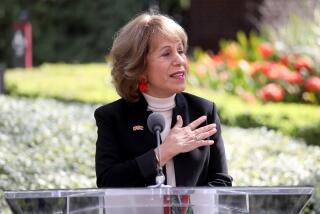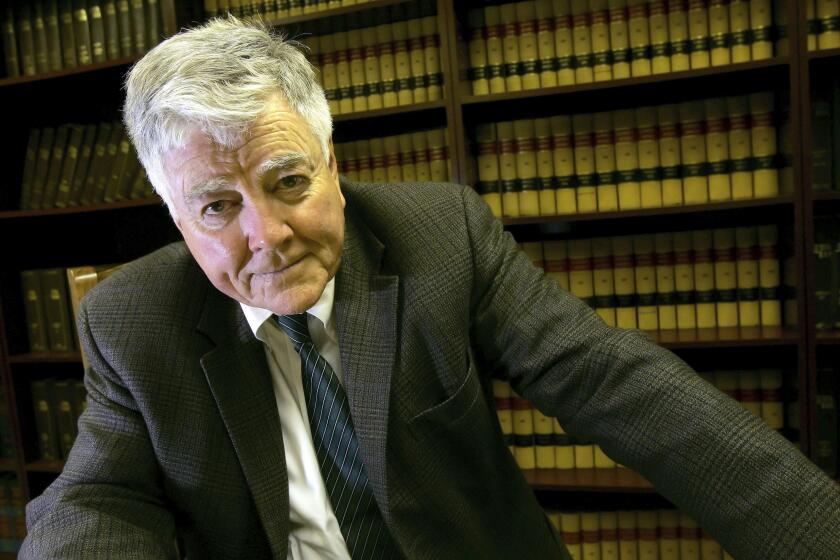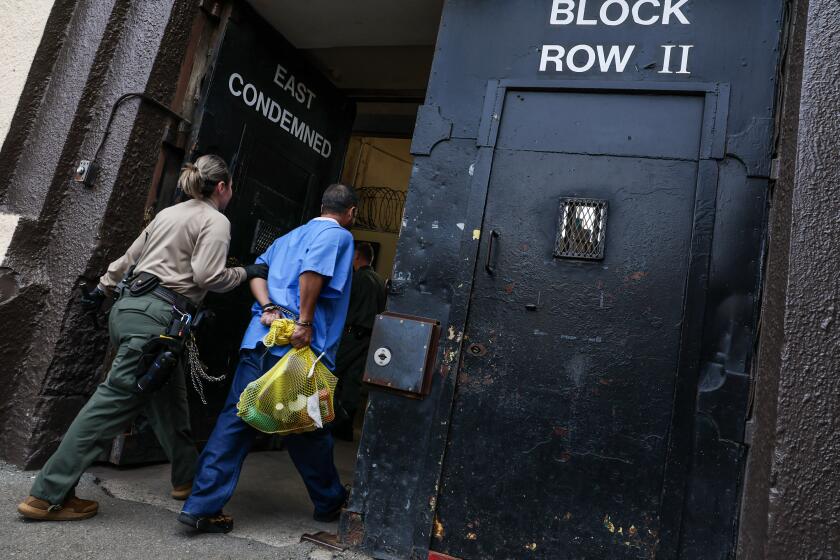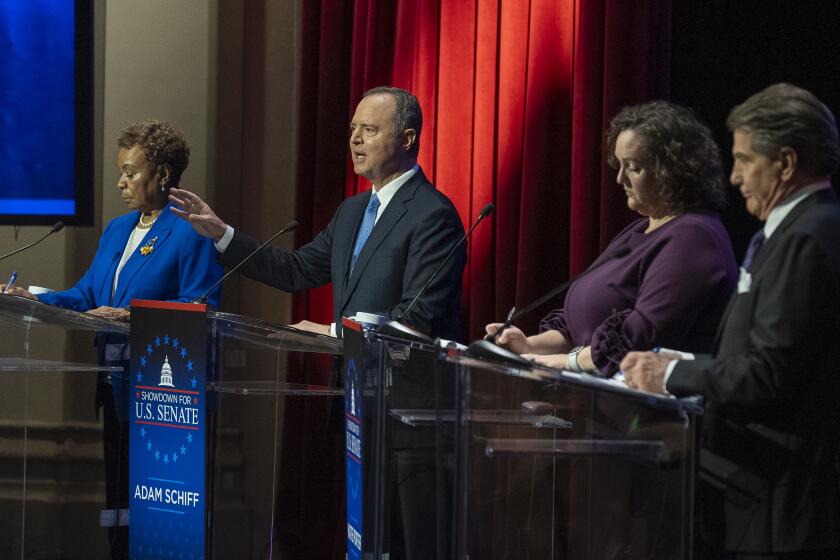Enough Water for Everybody?
Visionary that he was, William Mulholland was never content with having only as much water as Los Angeles and Southern California needed, but to always have more than enough so that the region could accommodate the growth that was sure to come. Not only did Mulholland bring the Owens River more than 200 miles to Los Angeles early in the century, he created the Metropolitan Water District of Southern California in the 1920s to reach across the desert to pull in an even-grander supply of Colorado River water. In the 1960s, Metropolitan went further afield to pursue another notion of Mulholland’s: to capture an additional supply from Northern California.
As historian Kevin Starr has written, Southern California invented itself through these great water projects. And the California dream could be nourished and expanded seemingly forever if there always was enough water. But today, even the lineal keepers of the Mulholland flame are realizing that such dreams have limits. In an extraordinary seminar this past week, the 51-member Metropolitan board of directors debated openly for the first time the wisdom of Met’s most fundamental tenet: Whether the agency should, or could, continue to promise water to all additional comers within its 5,200-square-mile service area ranging from Ventura County to San Diego.
There was no formal action, but the fact that the Met board of directors would even ponder such an heretical premise is significant. In the past, the board has been criticized as a creaky bastion of a putative establishment held captive by the dreams of a bygone era.
Not that there’s a revolution imminent at Met headquarters on Sunset Boulevard: The challenged annexations to Met territory are relatively insignificant. Still intact is the “Laguna Declaration” of 1952 that codified the Mulholland ideal that Met, as the monopoly water importer for Southern California, would meet all demands. Nor has revisionist thought polluted all Met directors. One declared Wednesday: “Let’s get the damn water and deliver it.” But Met’s supplies are being crimped from all sides. The shortages caused by the current four-year drought are but a symptom of what will be normal in the near future unless new supplies are developed. That water will not come from more giant projects but through modern management that includes conservation programs, water exchanges with agricultural users and the ability to work with old Northern California adversaries.
To these ends the Met staff under General Manager Carl Boronkay already has shown some leadership. And the new board chairwoman, Lois Krieger of Riverside, has demonstrated a willingness to lead Met in new directions. With the support of an enlightened and flexible board, Met can structure itself to provide the water this region will need in the 21st Century. This process may lack the grandeur of the big water projects of the past, but it is no less visionary.
More to Read
Start your day right
Sign up for Essential California for news, features and recommendations from the L.A. Times and beyond in your inbox six days a week.
You may occasionally receive promotional content from the Los Angeles Times.






